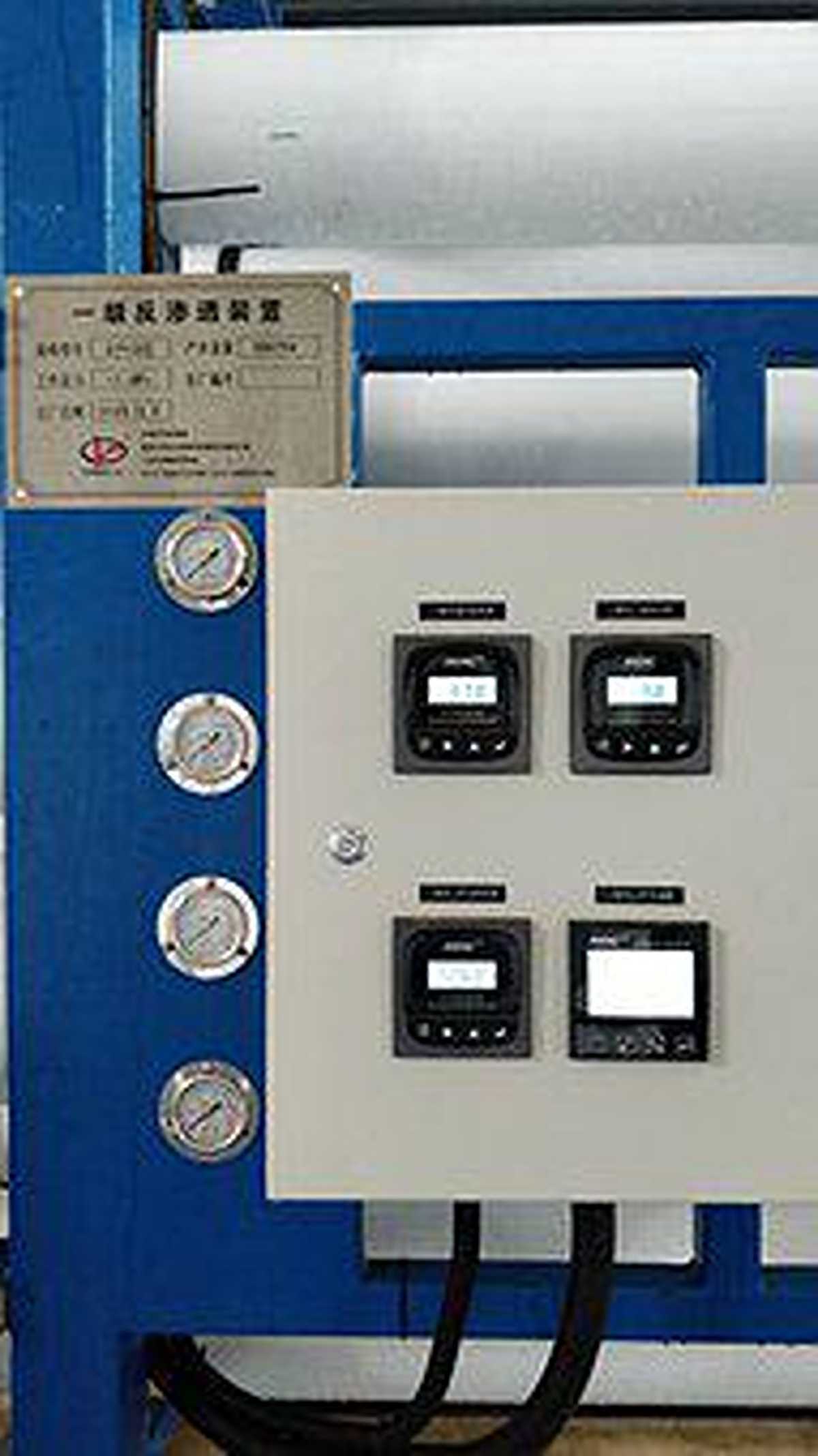What is Osmosis?
Osmosis is a natural phenomenon that occurs when solvent molecules move through a selectively permeable membrane. The solvent molecules move in a direction that equalizes the solute concentrations on either side of the membrane. The process is important for various applications, from making water safer to delivering medications.
Reverse osmosis
Reverse osmosis is the process of removing dissolved solids from a liquid using a semi-permeable membrane. During this process, a higher concentration of solutes is allowed to pass through the membrane, while the lower concentration is prevented. The resulting osmotic pressure causes the solutes to move from the solution side to the low-concentration side. This is also called osmosis and is similar to other membrane technology applications.
Reverse osmosis can be used to treat wastewater. This treatment process can recycle hazardous wastewater and create clean water for drinking. The process can be used to produce clean water from wastewater that otherwise would end up in landfills. It also can be used in developing nations to produce drinkable water for people.
Reverse osmosis is a process that purifies water through a series of steps. The concentrated solution is poured through a semipermeable membrane while the freshwater side is pressured. This process can remove many dissolved particles and biological entities from liquids. Reverse osmosis is a good way to remove toxins and other impurities from water and treat wastewater and discharges. Additionally, it can help prevent diseases and other health hazards caused by pollution.
Forward osmosis
The principle behind forwarding osmosis is that water molecules flow spontaneously across a semipermeable membrane in response to differences in the concentrations of solutes and osmotic pressures. This mechanism is explained by the second law of thermodynamics, which states that systems evolve toward a state of equilibrium that maximizes the entropy.
Forward osmosis is a valuable wastewater treatment process because it removes water from an effluent stream. By eliminating this water, evaporators must remove less water, reducing energy costs. Moreover, the extracted water can be reused and recycled.
Forward osmosis can be applied to a wide range of industrial wastewater applications. It is an excellent solution for treating wastewater containing large amounts of suspended solids and high salinity. It does not require a pretreatment stage, reducing both CAPEX and OPEX. Another major benefit of FO is its low fouling rate. The membranes can be cleaned with simple backwashing and flushing.
Process of osmosis
Osmosis is a natural phenomenon that occurs when a substance dissolves in water and moves across a semipermeable membrane. It is different from diffusion, which does not involve a membrane. In this process, molecules move from an area of higher concentration to one of lower concentration. Osmosis occurs naturally and can be seen in almost everything we drink. This includes soda, coffee, tea, beer, and most soft drinks. Water is also the world’s most popular drink.
To understand the mechanism behind osmosis, consider the following example. Imagine a beaker with a mixture of solutes and water on either side of a membrane. Pure water will diffuse to the side of the membrane that has less concentration, while the solutes will diffuse into the other side of the membrane. As a result, the osmotic pressure in the two solutions will equalize.
The process of osmosis is a complex mechanism involving a solvent’s diffusion. It occurs in organisms and outside media. For example, red blood cells are in a hypertonic solution, so water moves out into the cell to equalize concentration. If this pressure is lost, the red blood cell will swell, and this can cause death.
Effects of osmosis
Osmosis is a process that moves water molecules from one region to another. The process depends on the amount of pressure applied to the solvent molecules. If the pressure exceeds the number of water molecules in the solution, osmosis will be more rapid than if the pressure is less. Different types of osmosis involve different movements of solvent molecules.
Osmosis occurs when a liquid has a high concentration of solute and a low concentration of water. Any solvent, from gases to supercritical liquids, can undergo osmosis. When the process is complete, the concentration of solutes inside and outside the cell is equal. The rate of osmosis increases as the surface area of the membrane increases.
Osmosis is the movement of a solvent through a semi-permeable membrane. It differs from diffusion, which does not need a semi-permeable membrane. During osmosis, molecules move from one region of higher concentration to another region of lower concentration. The effects of osmosis can be seen even in dead cells. If dead cells are placed in a hypotonic solution, the water within the cell will rise to the cell’s surface. This is the result of osmosis, which is necessary for the survival of cells.


